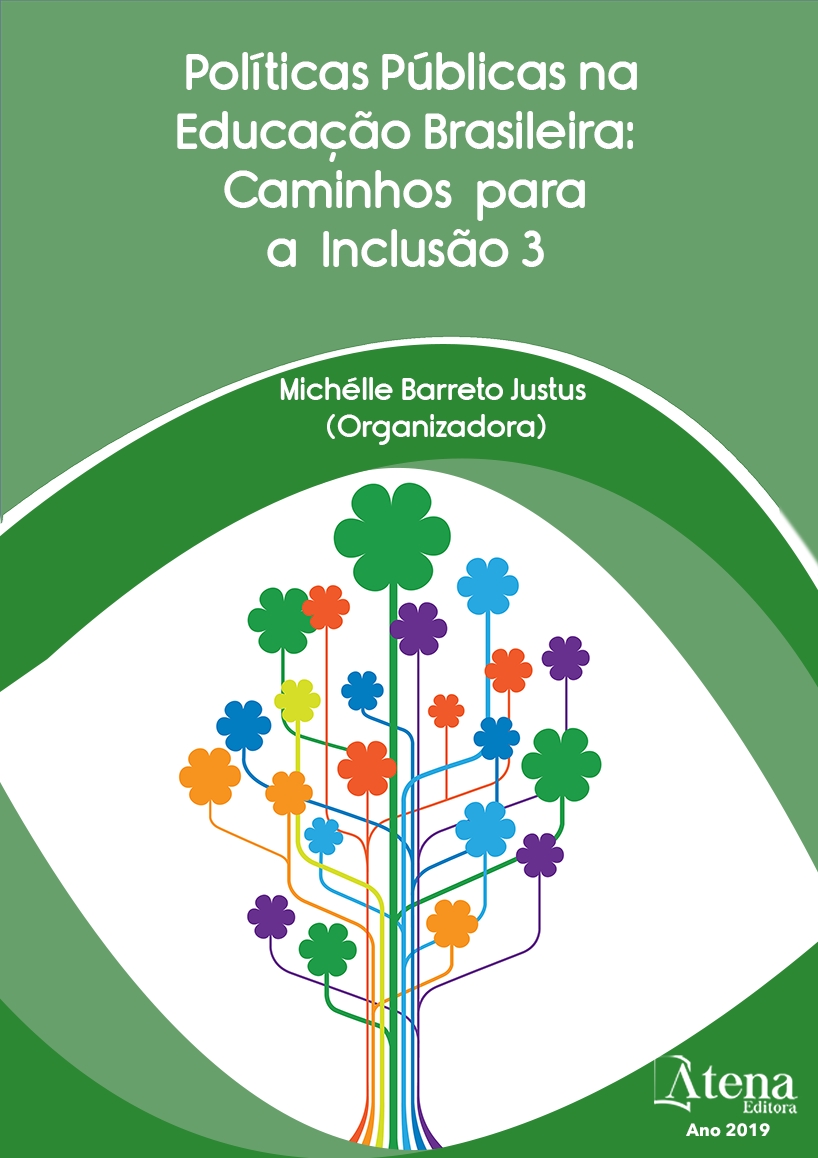
A RELAÇÃO ENTRE TECNOLOGIA E AUTISMO: CONTRIBUIÇÕES PARA PENSAR O PROCESSO DE ENSINO-APRENDIZAGEM
O objetivo deste trabalho é analisar
de que forma a tecnologia pode contribuir para o
processo de ensino-aprendizagem de crianças
com o Transtorno do Espectro Autista (TEA).
Para tanto, a partir de um estudo qualitativo de
natureza bibliográfica buscamos compreender
de que forma uma relação entre a tecnologia e o
processo de ensino-aprendizagem pode auxiliar
a cognição dos autistas. Apresentaremos
assim, alguns sistemas atualmente criados
em função das especificidades do TEA. Para
fundamentação do trabalho nos apropriamos
de reflexões de autores referência no área,
tais como: Prensky (2009), Cunha (2017) ,
Assumpção (2015), dentre outros. Desta forma,
a presente pesquisa em curso concluiu que o
uso das tecnologias, utilizado como estratégia
de intervenções com autista pode trazer ganhos
na cognição e na linguagem dos indivíduos,
contribuindo assim para um comportamento
mais funcional e autônomo no decorrer do
processo de ensino-aprendizagem.
A RELAÇÃO ENTRE TECNOLOGIA E AUTISMO: CONTRIBUIÇÕES PARA PENSAR O PROCESSO DE ENSINO-APRENDIZAGEM
-
DOI: 10.22533/at.ed.25319171014
-
Palavras-chave: Tecnologia; Autismo; Processo de Ensino-Aprendizagem.
-
Keywords: Technology; Autism; Teaching-Learning Process.
-
Abstract:
The purpose of this study is to
analyze how technology can contribute to the
teaching-learning process of children with
Autism Spectrum Disorder (ASD). Therefore,
from a qualitative study of a bibliographic nature,
we seek to understand how a relationship
between technology and the teaching-learning
process can help the cognition of autistics. We
will present, therefore, some systems currently
created according to the specificities of the TEA.
In order to justify the work, we appropriate the
reflections of reference authors in the area, such
as Prensky (2009), Cunha (2017), Assumpção
(2015), among others. In this way, the current
research concluded that the use of technologies,
used as a strategy for interventions with autism,
can bring gains in the cognition and language
of individuals, thus contributing to a more
functional and autonomous behavior during the
teaching-learning process .
-
Número de páginas: 15
- Daniele Fernandes Rodrigues
- Priscila Cristina da Silva Maciel
- Fabrizia Miranda de Alvarenga Dias


